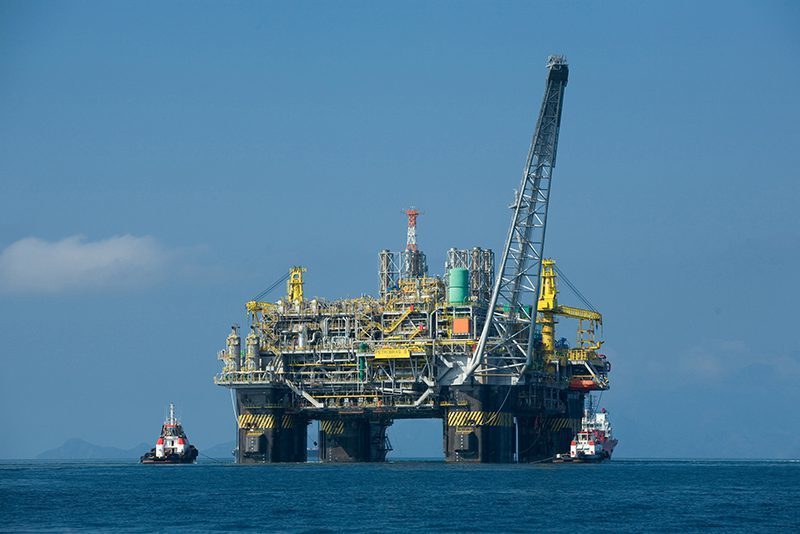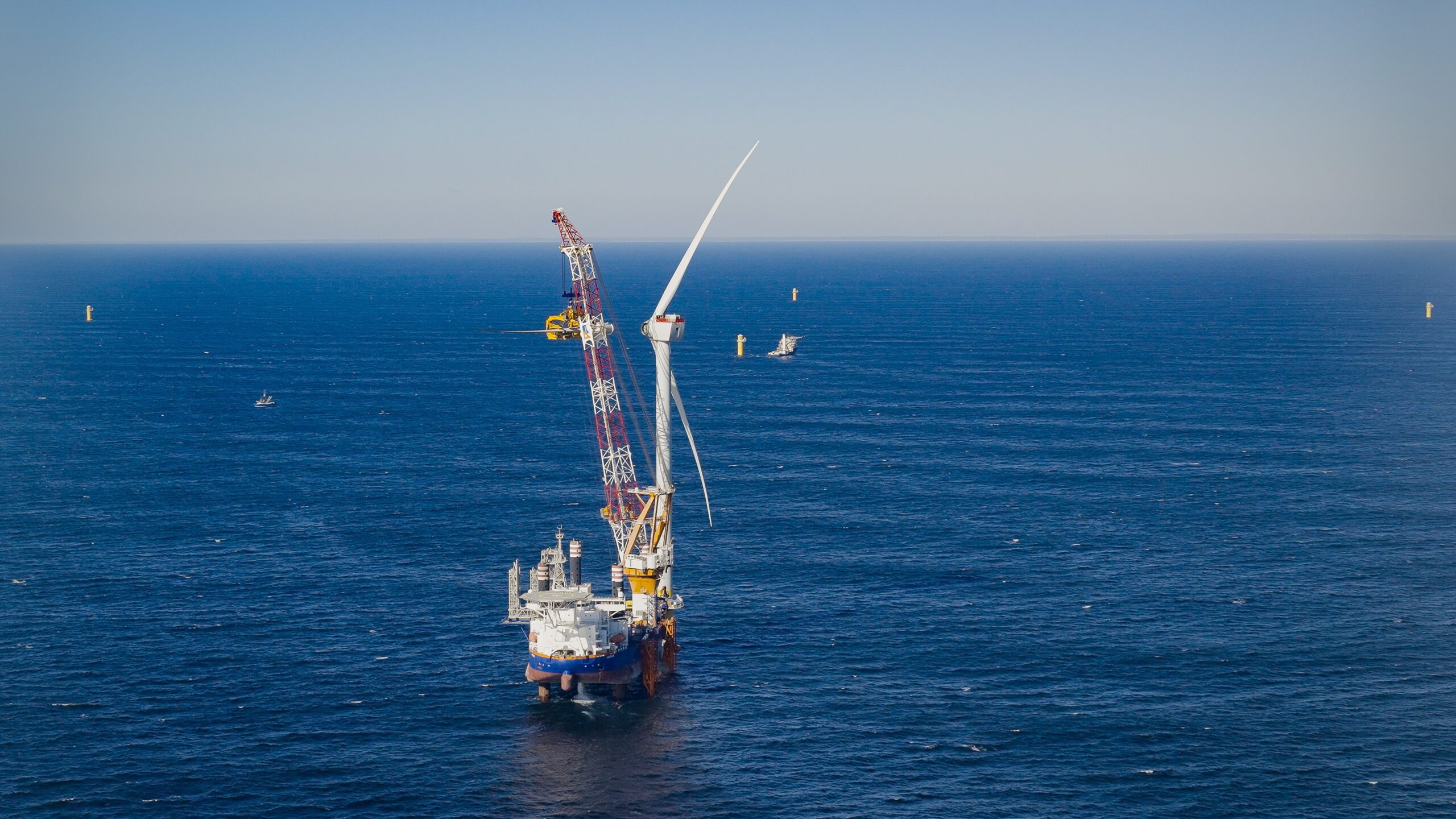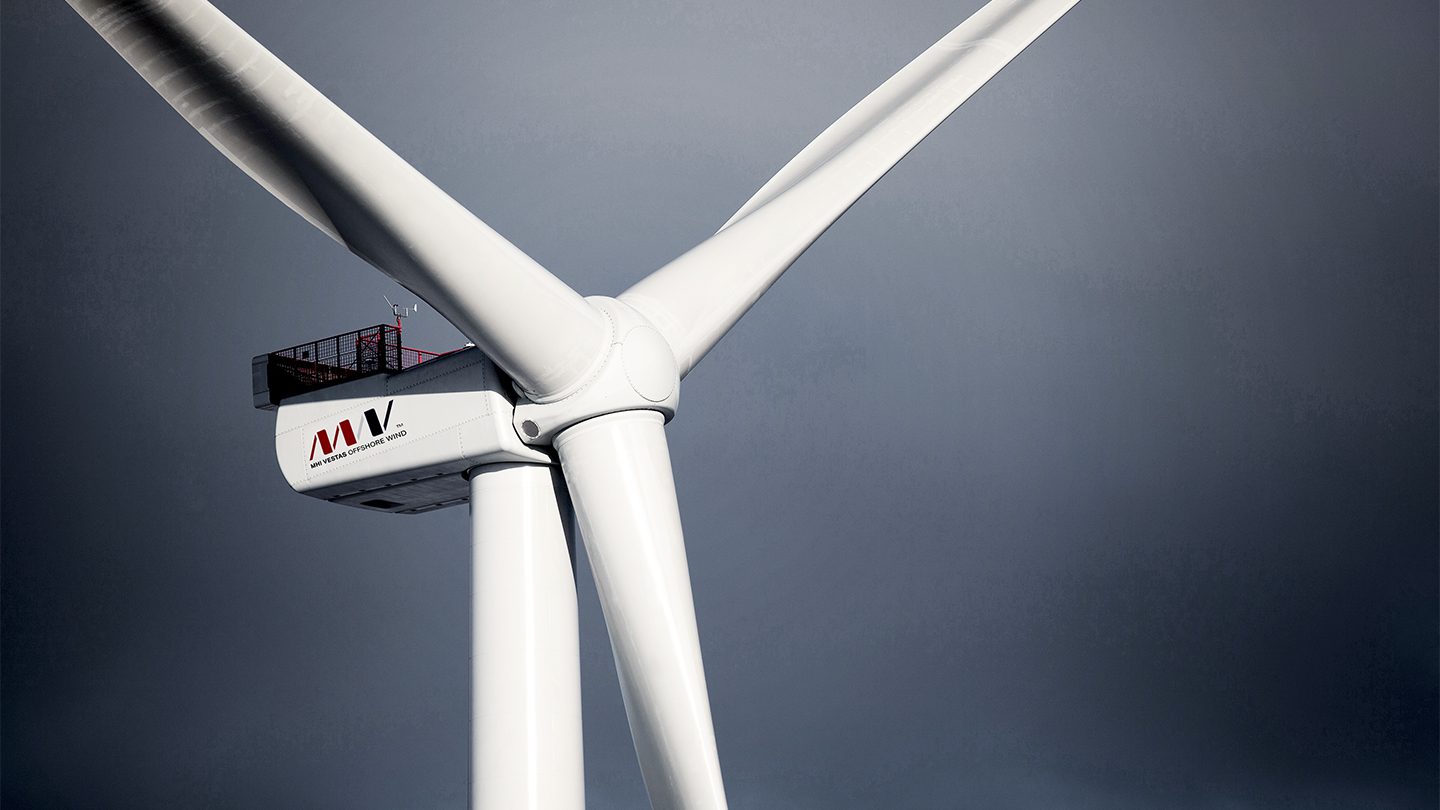The Bureau of Ocean Energy Management (BOEM) is proposing to update 36-year-old regulations to make sure that offshore oil and gas activities do not significantly harm the air quality of any state in the U.S.
The proposed rules, targeting operations in the Western and Central Gulf of Mexico and the Arctic, are aimed at reducing emissions of Volatile Organic Compounds (VOCs), Nitrogen Oxide (NOx), Sulfur Oxide (SOx), Carbon Monoxide (CO), and Particulate Matter (PM).
“These proposed improvements will minimize harm to human health and the environment from oil and gas activities,” according to Assistant Secretary Janice Schneider.
The proposed rules would modernize and strengthen requirements for identifying, modeling, measuring and tracking the emissions of air pollutants, while retaining key aspects of the current plan approval process for offshore oil and gas exploration and development activity.
The improvements will better ensure BOEM approves plans that do not significantly affect the air quality of any state. Proposed modernizations include addressing all relevant criteria and major precursor air pollutants and cross-referencing the standards for those pollutants to those of the EPA to ensure that operators use the most current standards in submitting plans for BOEM’s review of the potential air quality impacts of offshore exploration and development plans.
The rules would better identify the state boundary for the purposes of determining potential air quality impacts. The air quality program would measure these impacts landward from the state-seaward boundary, usually three nautical miles offshore, as opposed to only at the coastline. This proposed change would more accurately reflect impacts to the states by including impacts to all lands, including submerged lands, under state jurisdiction.
The proposed rule formalizes requirements for the consolidation of emissions from multiple facilities that are wholly or partially owned or controlled by the same operator and intended to be part of one unit or project. The proposed rule would require a lessee or operator to add together emissions generated by proximate activities within one nautical mile from multiple facilities, whether or not they are described in a single plan. The aggregated emissions from those facilities would then be combined for analysis.
The proposed rule would result in more accurate calculations of emissions from support vessels, because their use has greatly increased as activities move further offshore. Rather than limiting consideration of emissions from supply vessels to within 25 miles of a facility, the proposed rule recognizes the long distance covered by such vessels as development is extended in deepwater areas and the Arctic and appropriately accounts for emissions during the vessels’ entire transit.
The proposed rule also sets up a schedule for ensuring that plans, including previously approved plans, will be compliant with these updated regulations.
The proposed regulatory changes will also provide BOEM and affected states improved information on the expected onshore air quality impacts of OCS exploration and development.
The public will have 60 days to submit comments on the proposal once it is published in the Federal Register.
Unlock Exclusive Insights Today!
Join the gCaptain Club for curated content, insider opinions, and vibrant community discussions.

 Join The Club
Join The Club













